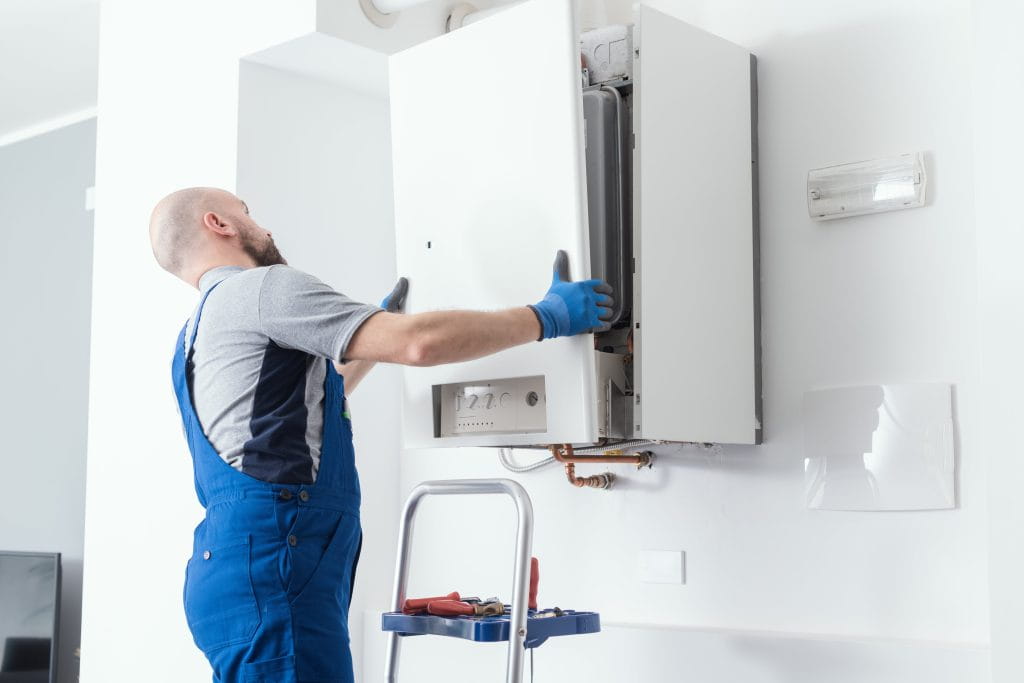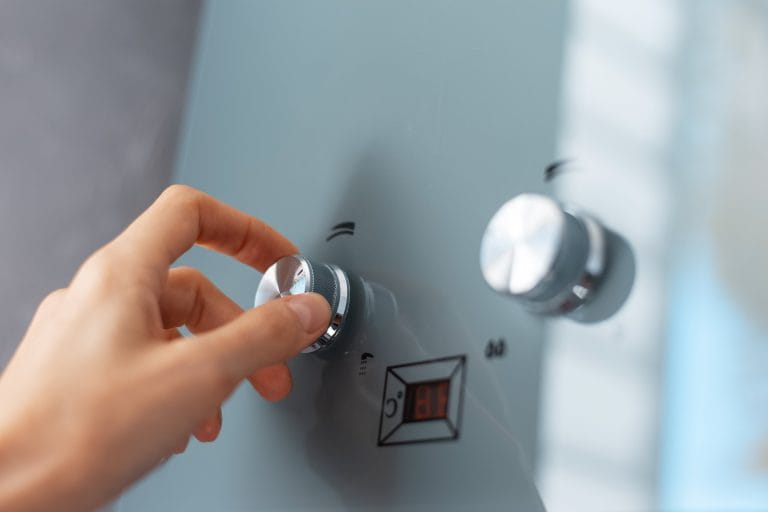Indoors or outdoors, in the apartment or in an external space: users dealing with refurbishment or the replacement of the heating system can evaluate the best position to install the boiler. There are several considerations to take into account, keeping in mind some legal guidelines.
What is boiler regulation in the UK?
According to British regulations about boiler’s positioning, it is essential to have sufficient space to access the boiler. It must be placed in a less well-heated area which has frost protection too.
- The boiler should never be installed in a bedroom or in spaces directly connected to sleeping areas.
- If placed indoors, the boiler must be in the kitchen or inside a boiler room, referring to the space where the installation takes place.
As a consequence, kitchens, airing cupboards and spare rooms are the most common boiler’s location.
There are also indications about flue to safely release gas from boilers.
- The flue must be located far enough away from windows and doors.
- The minimum distance should be 30 cm, but with larger boilers it reaches 60 cm.
- 60 cm is the minimum distance allowed if the flue is placed near balconies, roofs and buildings’ corners.
Specific regulations and requirements may vary about external boilers, according to local authorities and other regulatory bodies. Local building regulations and planning permissions may affect the installation of external boilers.
It is advisable to consult with a qualified professional or a representative from the local building authority before proceeding with the installation.

Where should a condensing boiler be placed?
Among the most common types of boilers, there is the condensing boiler. Thanks to its technology, it can recover energy from combustion fumes, resulting in energy savings compared to traditional boilers.
A condensing boiler can be installed both indoors and outdoors: in the latter case, however, it must be specifically designed for this kind of solution and protected to ensure integrity and proper functioning.
- Being able to install a condensing boiler outdoors undoubtedly allows for space saving inside the house.
- On the other hand, if it is positioned indoors, it ensures both greater durability over time and better performance.
An indoor boiler is not exposed to adverse weather conditions. Consequently, it is more likely to last longer after installation.
The risk with an outdoor boiler is that a portion of the heat it produces may be dispersed. If installed indoors, its efficiency is higher, and energy waste is reduced.
Where should an external boiler be placed?
With external boilers, it is very important to choose models specifically designed to withstand adverse weather conditions. However, it is also possible to place externally some models that were not designed for this purpose: it is important to position them in a protected area and take the necessary precautions.
For those living in an apartment building, the balcony is an option, but one must inquire whether the regulations permit it or not. There are indeed constraints related to the aesthetics of facades that may prohibit the presence of boilers outdoors.
The best choice, especially for those with independent heating, is to utilize spaces like garages and basements, as long as they comply with safety and fire regulations. The oversight of an experienced technician allows for a comprehensive professional assessment.
How to protect the external boiler?
An external boiler requires, first and foremost, efficient protection from atmospheric agents.
- Both exposure to sunlight and disturbances can risk wearing down the structure of the heat generator.
- The wind may carry dust and leaves that can obstruct internal spaces.
- Cold temperatures can lead to a blockage, with water freezing in the pipes.
The solution is an enclosure or boiler cover that acts as a protective covering. An insulated boiler cover prevents the risk associated with cold winter temperatures, and in this case, the connecting pipes exposed to intense cold should also be carefully insulated.










































